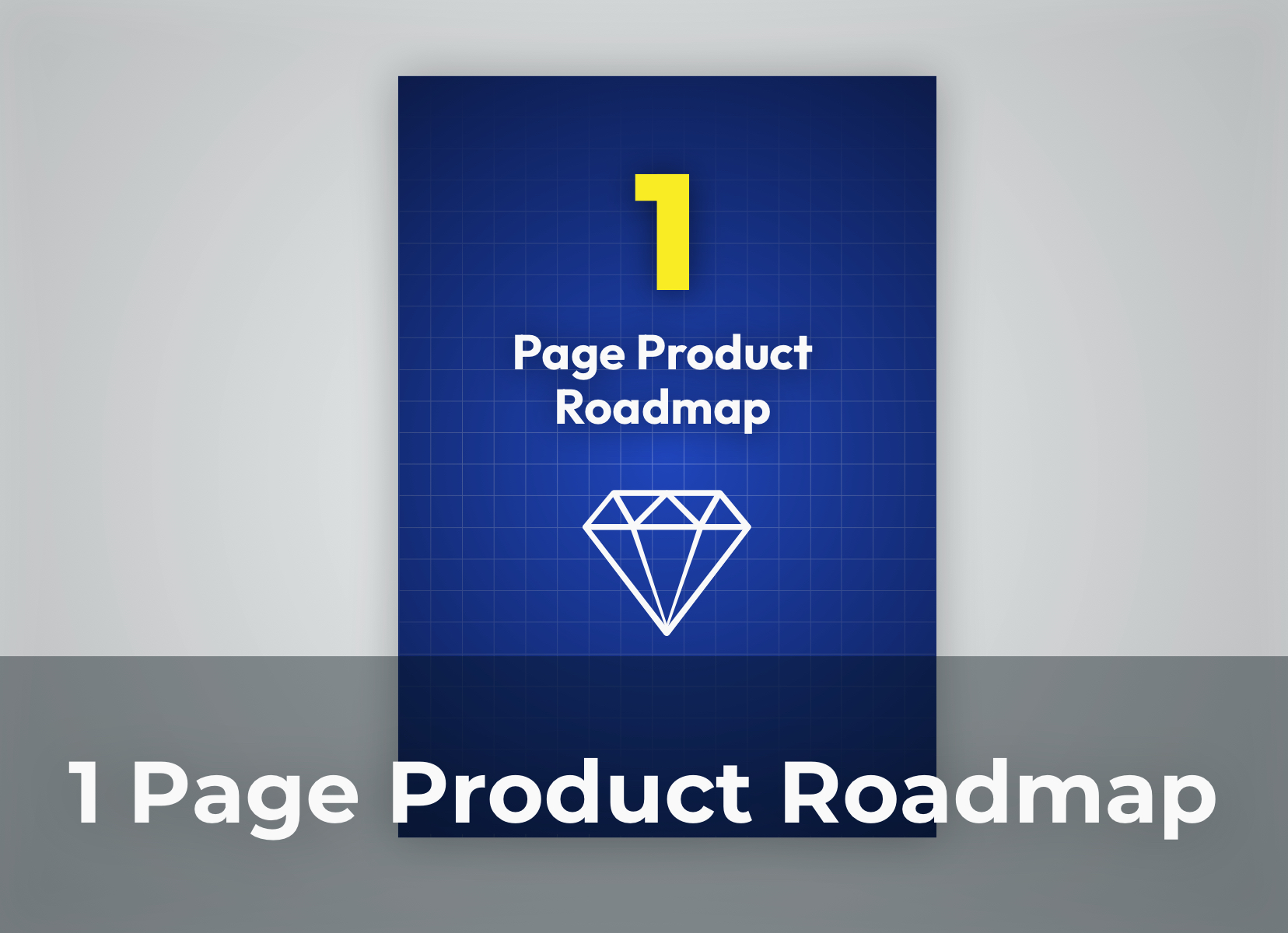If you don't have a clear roadmap for your startup, you will grind 60+ hour weeks and your startup will still fail.
I've coached over 50 startups and built 2 startups myself - let me show you exactly how to create a product roadmap (for a small startup) in 4 simple steps.
And it works whether you’re a solo founder or running a small team.
I've coached over 50 startups and built 2 startups myself - let me show you exactly how to create a product roadmap (for a small startup) in 4 simple steps.
And it works whether you’re a solo founder or running a small team.
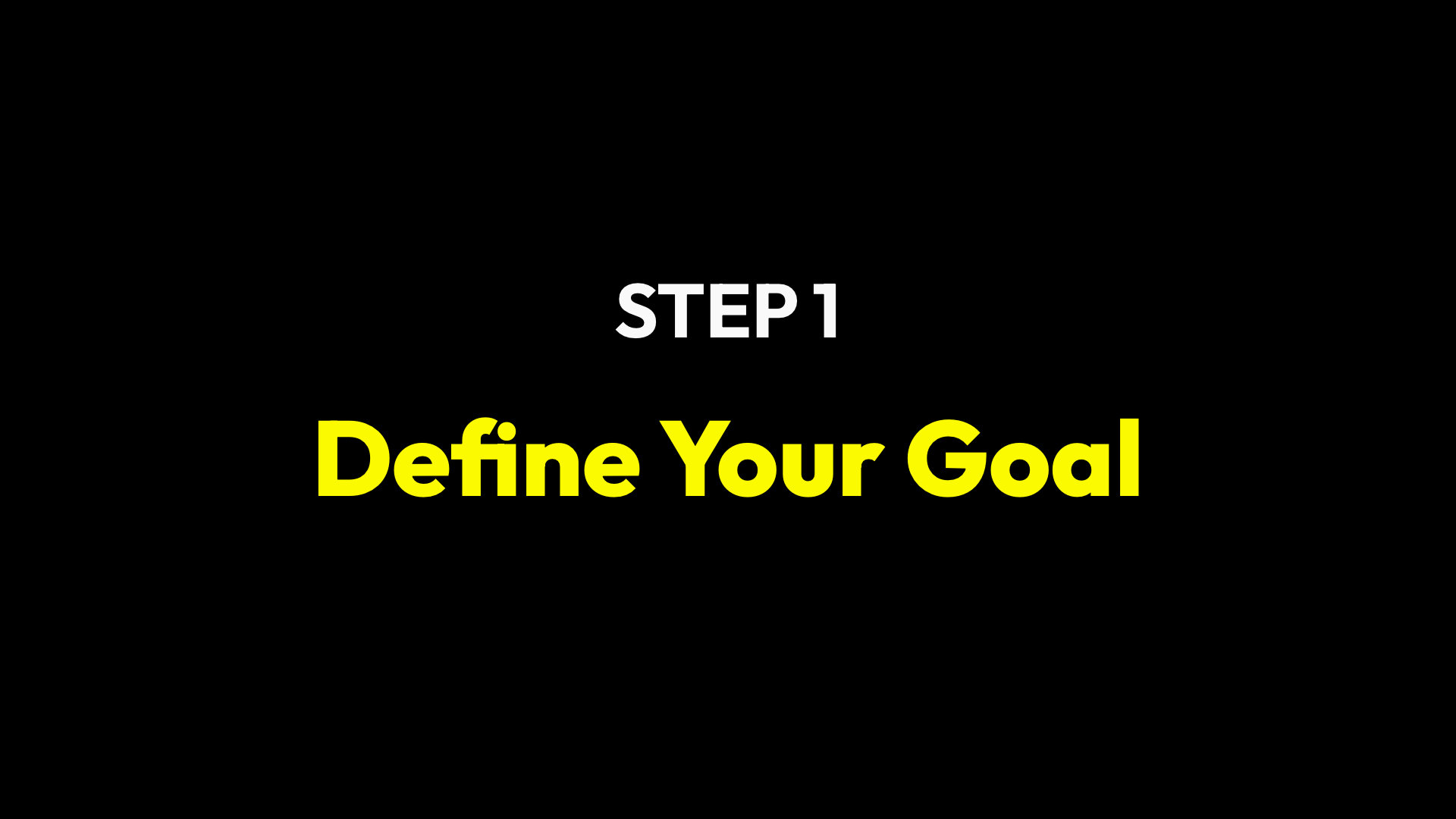
Step 1: Define Your Goal
As a small startup - solo founder or with a small team - you have limited time. So we’re gonna focus on the most important stuff.
And the first step is crucial. We start with the foundation of any great product roadmap: Your vision and goals.
So you need to first answer these 2 questions:
• What is the big vision of my product?
• What does success look like for my startup?
Your big vision is like your guiding light. It helps you stay on track and focus on the big picture.
As a founder, I know this first-hand:
❌ Without a clear vision, decisions feel impossible.
✅ But if you are crystal clear about your vision, you will know which decision to take every time.
Here is what I want you to do:
And the first step is crucial. We start with the foundation of any great product roadmap: Your vision and goals.
So you need to first answer these 2 questions:
• What is the big vision of my product?
• What does success look like for my startup?
Your big vision is like your guiding light. It helps you stay on track and focus on the big picture.
As a founder, I know this first-hand:
❌ Without a clear vision, decisions feel impossible.
✅ But if you are crystal clear about your vision, you will know which decision to take every time.
Here is what I want you to do:
👉 Think about your product and write down your vision. Stick it on the wall where you’ll see it every day.
This is your first, and honestly, your most important step to success.
The second question is important because if you don’t know what success looks like for your startup, it's easy to get distracted by ideas that seem exciting but don't really have any impact.
You will start chasing growth strategy after growth strategy.
Jumping from ...
→ Social media ads
→ Cold email
→ SEO to
→ Some random tip you saw on Twitter.
And you know what happens?
Nothing.
✏️ So clearly define your goal and what you want to achieve. Here is my framework for this:
Write your goal in one sentence and make sure you can check these boxes:
My goal is SMART, which stands for:
✅ Specific
✅ Measurable
✅ Actionable
✅ Relevant
✅ Time-bound
Simple checklist - if your goal ticks all 5, you’re good.
A possible goal could be: I want to get 300 active users until the end of this year. And here is my pro tip:
Also add your why - like why you want to achieve this.
Like, I want to get 300 active users until the end of this year, because this brings in more revenue and builds a stronger community.
------------------------------------------------------------------------
Before we move on to the next step to build a product roadmap for your startup, I’ve created a one-page worksheet that helps you build a product roadmap for your startup.
With it, you’ll know exactly what to build next.
You can download it right here:
Before we move on to the next step to build a product roadmap for your startup, I’ve created a one-page worksheet that helps you build a product roadmap for your startup.
With it, you’ll know exactly what to build next.
You can download it right here:
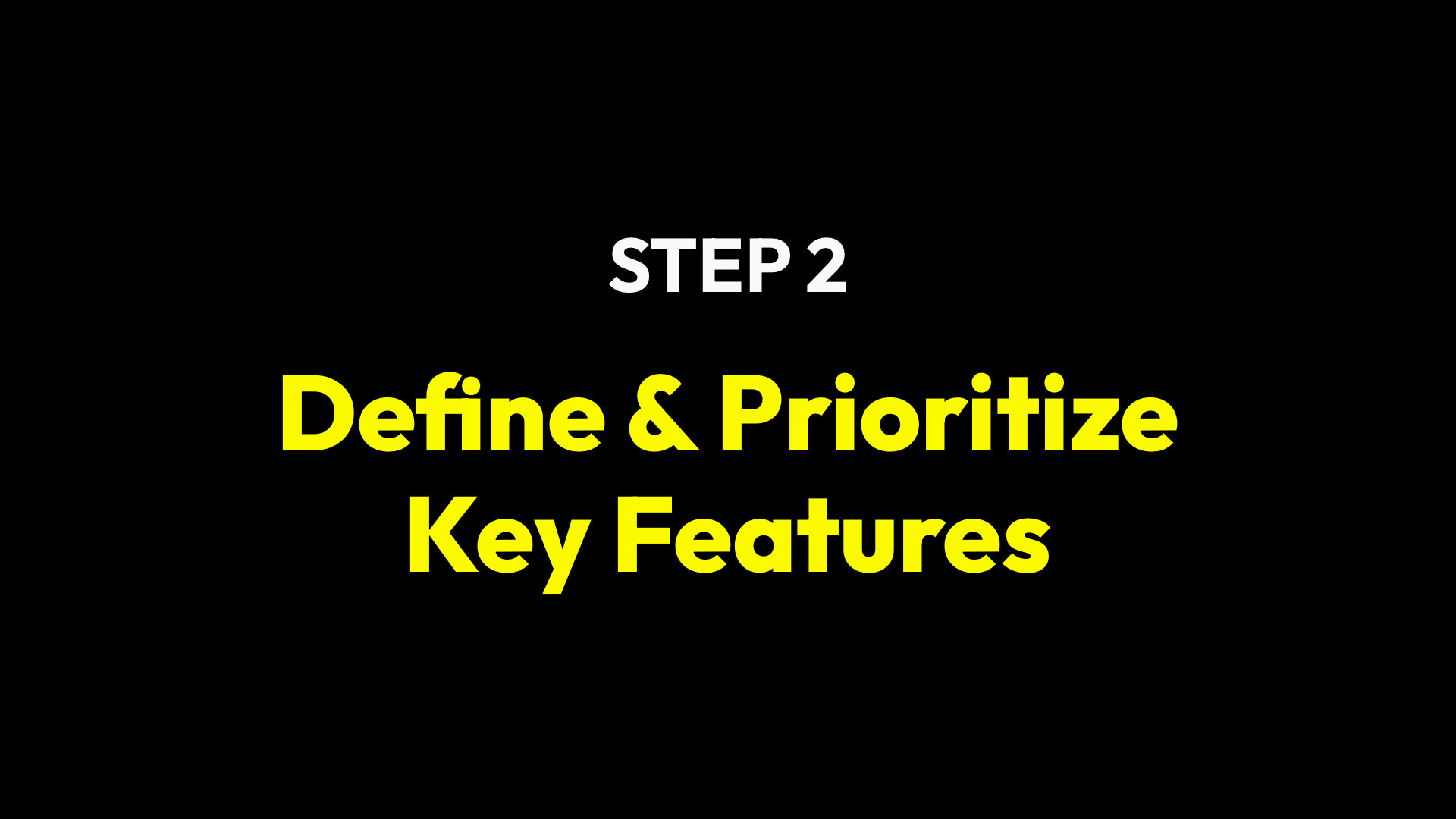
Step 2: Define & Prioritize Key Features
The next step is key - especially if you are running your startup yourself or only have a small team.
Now, as a founder, I bet you have a million cool ideas for your product. But your time is limited.
So what features should you focus on?
You need to focus on the features that deliver the most value to your customers and align with your goals - otherwise, you are wasting your time and money.
One of the best frameworks to find out which features have a real impact on your startup’s success is the Kano Model. I break the Kano Model down in another article, but here’s the quick version:
1. Start by writing down every feature idea you’ve got.
2. Then, talk to your users.
3. Ask them which features they love and which ones they don’t care about. 4. Once you put their answers into the Kano table, it becomes crystal clear which features you need to build first.
👉 Here’s the big win:
✅ You won’t waste time building features just because you think it’s cool.
✅ You’ll build what people actually want.
So here's what I want you to do:
Now, as a founder, I bet you have a million cool ideas for your product. But your time is limited.
So what features should you focus on?
You need to focus on the features that deliver the most value to your customers and align with your goals - otherwise, you are wasting your time and money.
One of the best frameworks to find out which features have a real impact on your startup’s success is the Kano Model. I break the Kano Model down in another article, but here’s the quick version:
1. Start by writing down every feature idea you’ve got.
2. Then, talk to your users.
3. Ask them which features they love and which ones they don’t care about. 4. Once you put their answers into the Kano table, it becomes crystal clear which features you need to build first.
👉 Here’s the big win:
✅ You won’t waste time building features just because you think it’s cool.
✅ You’ll build what people actually want.
So here's what I want you to do:
✏️ Write down all your feature ideas on the product roadmap. Don’t overthink it - just get it down on paper.
It doesn’t matter if you’re starting from scratch or if you already have a product and are brainstorming features for your next release.
Once you have your list, go to your customers and ask them what features they really value. I recommend you use the Kano Model for this.
And once you’ve prioritized your features, it’s time to organize them into a clear, actionable plan.
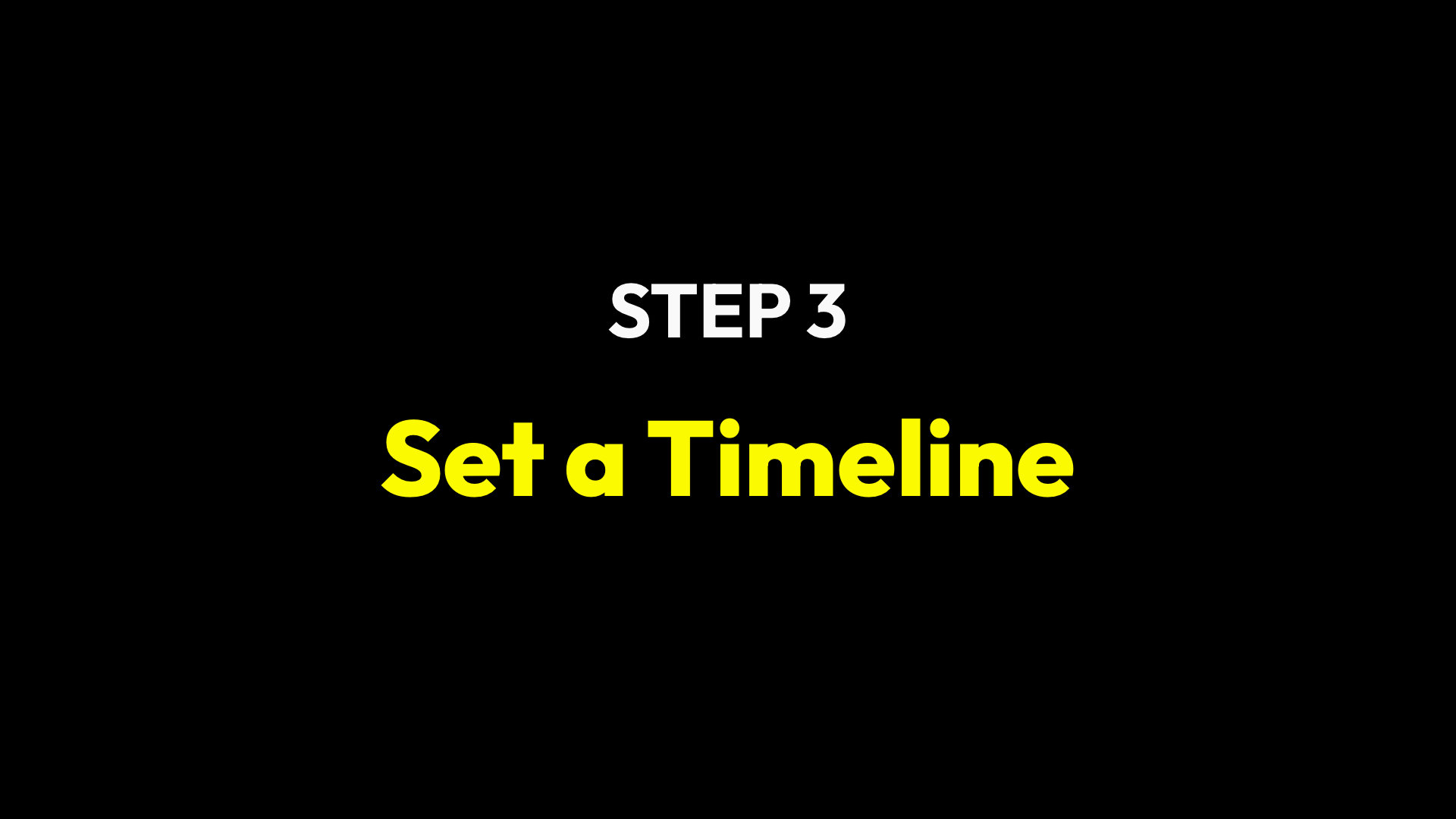
Step 3: Set a Timeline
Now you know what features your customers find valuable. The next step is to put those features into a timeline so we start getting things done.
This is where your roadmap becomes actionable.
Now, here comes an important part - and I had to learn this the hard way:
👉 Your product doesn’t need to be perfect at the start.
Remember that.
I like to divide this part of the roadmap into 3 phases:
1. Phase 1: The minimum viable product (MVP)
I used to try to make everything perfect. Every product I released had to be perfect right away. But that's a big mistake. Because it takes forever to build - and you won’t get feedback until it’s too late.
It's better to build an MVP first - a minimum viable product.
You basically focus on building the essential features that people are already willing to pay for. Remember: Keep it simple - no extras, just what’s needed.
2. Phase 2: The extensions
Once your MVP is live, you improve your features and your product.
You implement more valuable features that people expect.
These are the features that you build next.
3. Phase 3: The bells and whistles
In this phase, you start to add those nice-to-have features and explore new possibilities - such as integration with other apps and services.
With the Kano Model, it’s clear which features from your feature list go into which section. For example:
• Basic features → MVP
• Performance features → second phase
• Excitement features → third phase
Once you have put your ideas into each section, you set a realistic timeline. I like to set a timeline for the next 3, 6, and 12 months and put the features into those buckets.
It’s really important to have a clear deadline because it keeps you and your team accountable.
So, here is my action plan for you:
This is where your roadmap becomes actionable.
Now, here comes an important part - and I had to learn this the hard way:
👉 Your product doesn’t need to be perfect at the start.
Remember that.
I like to divide this part of the roadmap into 3 phases:
1. Phase 1: The minimum viable product (MVP)
I used to try to make everything perfect. Every product I released had to be perfect right away. But that's a big mistake. Because it takes forever to build - and you won’t get feedback until it’s too late.
It's better to build an MVP first - a minimum viable product.
You basically focus on building the essential features that people are already willing to pay for. Remember: Keep it simple - no extras, just what’s needed.
2. Phase 2: The extensions
Once your MVP is live, you improve your features and your product.
You implement more valuable features that people expect.
These are the features that you build next.
3. Phase 3: The bells and whistles
In this phase, you start to add those nice-to-have features and explore new possibilities - such as integration with other apps and services.
With the Kano Model, it’s clear which features from your feature list go into which section. For example:
• Basic features → MVP
• Performance features → second phase
• Excitement features → third phase
Once you have put your ideas into each section, you set a realistic timeline. I like to set a timeline for the next 3, 6, and 12 months and put the features into those buckets.
It’s really important to have a clear deadline because it keeps you and your team accountable.
So, here is my action plan for you:
✏️ Take your feature ideas and group them into these 3 phases. And think about what you can realistically launch in the next 3 months, 6 months, and 12 months.
STARTUP TEMPLATES, WORKSHEETS, FRAMEWORKS
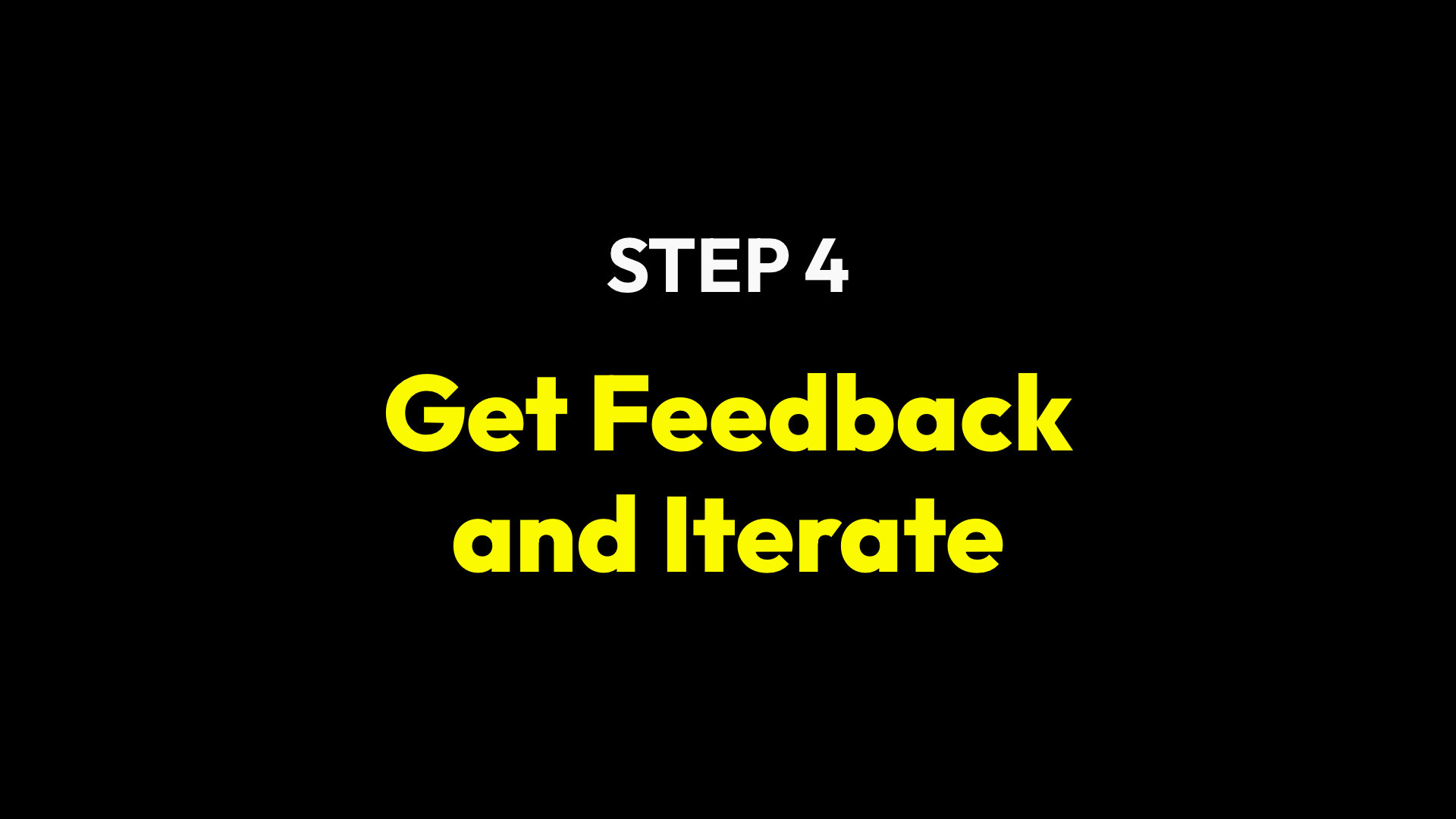
Step 4: Get Feedback and Iterate
In this last step, everything comes together.
We gather customer feedback and iterate.
Customer feedback is something we should get all the time – so you simply ask people:
✅ Do you like it?
✅ Is something missing?
✅ What could we improve?
The reason why it’s so important to get as much customer feedback as possible is that it reduces our risk. If we regularly check if we're on the right track - if customers like our service, find value in it, and continue using it - that’s great.
On the other hand, if we never get customer feedback, we run the risk of building something that nobody wants. And this can end in a disaster.
In fact - that was the reason my first startup failed.
So, there is no "too much customer feedback" - there’s only too little.
The best way to get customer feedback is to talk directly to people, because you instantly get feedback and can ask additional questions if needed.
So, the more personal the channel, the better. But if that’s not possible, email surveys or online interviews work too.
Getting feedback isn’t rocket science. Most companies just don’t do it, because they think they already know what’s best. Two years later, they’re bankrupt.
Don’t make this mistake.
→ Regularly ask for feedback
→ Improve your service
That’s how you build a product your customers will love.
POWERFUL STARTUP RESOURCESWe gather customer feedback and iterate.
Customer feedback is something we should get all the time – so you simply ask people:
✅ Do you like it?
✅ Is something missing?
✅ What could we improve?
The reason why it’s so important to get as much customer feedback as possible is that it reduces our risk. If we regularly check if we're on the right track - if customers like our service, find value in it, and continue using it - that’s great.
On the other hand, if we never get customer feedback, we run the risk of building something that nobody wants. And this can end in a disaster.
In fact - that was the reason my first startup failed.
So, there is no "too much customer feedback" - there’s only too little.
The best way to get customer feedback is to talk directly to people, because you instantly get feedback and can ask additional questions if needed.
So, the more personal the channel, the better. But if that’s not possible, email surveys or online interviews work too.
Getting feedback isn’t rocket science. Most companies just don’t do it, because they think they already know what’s best. Two years later, they’re bankrupt.
Don’t make this mistake.
→ Regularly ask for feedback
→ Improve your service
That’s how you build a product your customers will love.
What's next?
Great, you now have a clear product roadmap for your startup. But a roadmap alone isn’t enough - what’s a great product without users?
So, how about a proven 4-step framework that’s already helped 50+ startups and billion-dollar companies build a marketing strategy to get new customers?
You can get it in my Marketing Channel Bundle. And best of all - you can achieve results in just 3 hours, thanks to smart AI prompts that guide you through every step with ease.
So click the button below and get the Marketing Channel Bundle right now!
So, how about a proven 4-step framework that’s already helped 50+ startups and billion-dollar companies build a marketing strategy to get new customers?
You can get it in my Marketing Channel Bundle. And best of all - you can achieve results in just 3 hours, thanks to smart AI prompts that guide you through every step with ease.
So click the button below and get the Marketing Channel Bundle right now!

